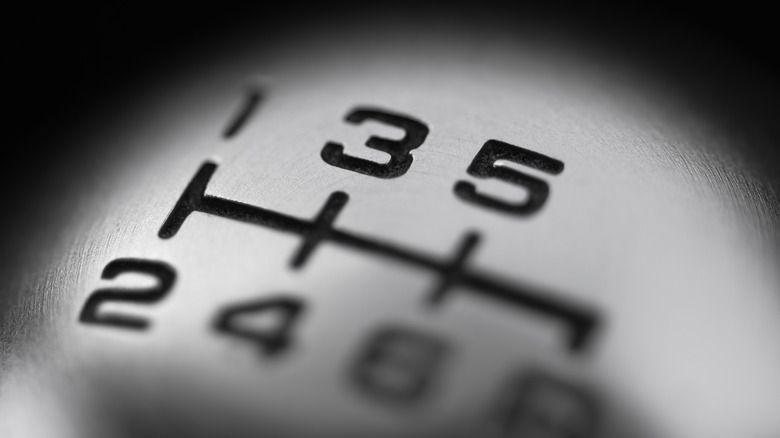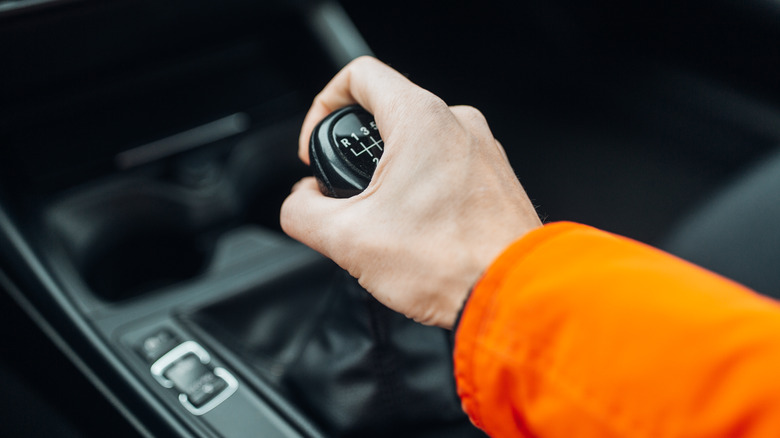Double Clutching: What It Means (And How It's Different From Granny Shifting)
There are several perks to having a manual transmission instead of an automatic, and manual fans no doubt enjoy the control that comes with shifting up or down as the moment demands, even as there are a fixed number of ways one can actually change gears. The most common method is called "Granny Shifting," which entails changing gears by pressing the clutch once, then slipping the shifter into the desired gear and releasing the clutch while simultaneously pressing the accelerator.
"Granny Shifting" is the traditional method taught to most new drivers when they're learning the joys of a manual transmission. Among the other methods of shifting, one of the more popular is called "double clutching," which, as its name entails, requires the driver to employ a dramatically different approach when shifting from one gear to another.
So, what exactly is "double clutching?" Essentially, double clutching is a method of down-shifting meant to help eliminate the typical lurch associated with shifting down. That lurch occurs because engines are designed to naturally slow when shifting down, even as the clutch and transmission continue to spin at a faster rate. Drivers can compensate by putting the shifter into the sometimes invaluable Neutral gear and taking their foot off the clutch, thus allowing the spin of the transmission and clutch to sync. The accelerator should then be pressed to bring the engine's RPM into sync. From there, press the clutch again, and you should be able to shift into the lower gear without that pesky lurch.
Double clutching is essentially pointless in modern automobiles
Apart from potentially eliminating the lurch that often accompanies down-shifting with a manual transmission, double clutching can also ease the stress of shifting gears in certain other scenarios, like when you shift into neutral for a red light, only to have the light turn green just as you do so. Likewise, it could prove helpful on the off-chance that you find yourself in some sort of high-speed race scenario where you're regularly down-shifting to accommodate for a curve in the road.
Even as double clutching can be an effective way to smooth out the process of shifting down with a manual transmission, the method is really only useful in older makes and models of vehicles. That's because most modern automobiles that are equipped with manual transmissions are also fitted with synchronizers. If you're unfamiliar with those devices, they are little ring devices that are set between a vehicle's gears and clutch that help match the speed at which they rotate when shifting gears.
That technological advancement has indeed all but eliminated any need to engage in advanced gear-shifting techniques like double clutching. But if you're a fan of the down-shifting method, continuing to utilize it will likely not damage your vehicle's transmission. Though synchronizers have been around for more than a century, not all vehicles with manual transmissions are fit with synchronizers. That's particularly true of American cars manufactured before the early 1970s, as some U.S. manufacturers were slow to fit their vehicles with the devices. So, if you're driving one of those automobiles, double clutching remains a solid way to shift into lower gears.

